Help! Yard is full of weeds, vines, tree stumps
benjohnson
13 years ago
Related Stories

EDIBLE GARDENSNatural Ways to Get Rid of Weeds in Your Garden
Use these techniques to help prevent the spread of weeds and to learn about your soil
Full Story
GARDENING GUIDESLet's Weed Out 4 Native Plant Myths
Plant wisely for a garden that supports pollinators and requires less work
Full Story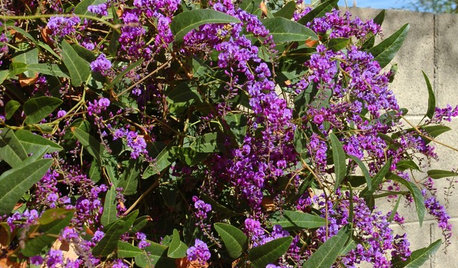
GARDENING GUIDESGreat Design Plant: Lilac Vine for a Purple Profusion in Winter
Grow this pretty, hardy vine on a fence or as a ground cover for blooms throughout the colder months
Full Story
WINTER GARDENINGHow to Help Your Trees Weather a Storm
Seeing trees safely through winter storms means choosing the right species, siting them carefully and paying attention during the tempests
Full Story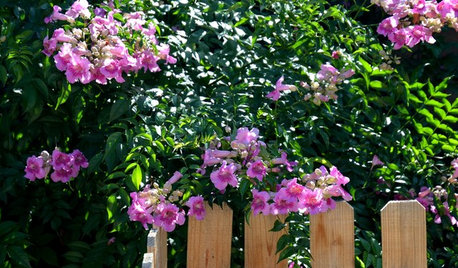
PINK FLOWERSGreat Design Plant: Pink Trumpet Vine Heralds Vibrant Color
Announce your landscape beautification efforts with this flowering vine that perks up hot, dry gardens
Full Story
GARDENING GUIDES5 Ways to Naturally Win the Weed War
Show irksome weeds no mercy with these tricks for combating them sans chemicals
Full Story
GARDENING GUIDESGreat Design Plant: Bugle Weed, a Quick Ground Cover
It’s highly adaptable, suppresses weeds, reduces erosion and provide weeks of bright flowers. Just watch for invasiveness
Full Story
GARDENING GUIDESWhat’s in a Name? See 6 Wildflowers That Aren’t ‘Weeds’ at All
Dispel the stereotypes of weeds and try these wildlife-supporting native wildflowers in your garden
Full Story
LANDSCAPE DESIGNSee 5 Unexpected Ways to Use Vines
Vines can grow over slopes, trail off pergolas and add seasonal color to the garden
Full Story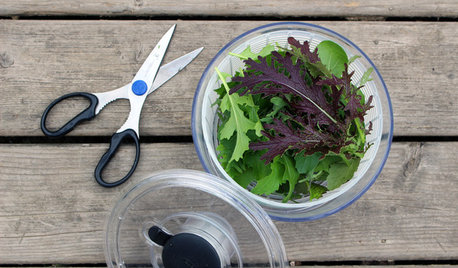
FARM YOUR YARDThe 8 Tools That Help Bring the Farm to Your Table
Vegetable gardeners get a big assist from these essential helpers
Full StoryMore Discussions






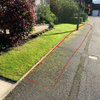
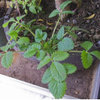
maifleur01
jeanne
Related Professionals
Holly Springs Landscape Architects & Landscape Designers · Arnold Landscape Architects & Landscape Designers · Marina Landscape Architects & Landscape Designers · Rossville Landscape Architects & Landscape Designers · Harvey Landscape Architects & Landscape Designers · Buford Landscape Contractors · Battle Ground Landscape Contractors · Bridgeport Landscape Contractors · Deer Park Landscape Contractors · Lynn Landscape Contractors · Munster Landscape Contractors · New Providence Landscape Contractors · Rio Linda Landscape Contractors · Weymouth Landscape Contractors · Kingsburg Landscape Contractorsrockguy
Kimmsr
cyn427 (z. 7, N. VA)
benjohnsonOriginal Author
maifleur01
Kimmsr